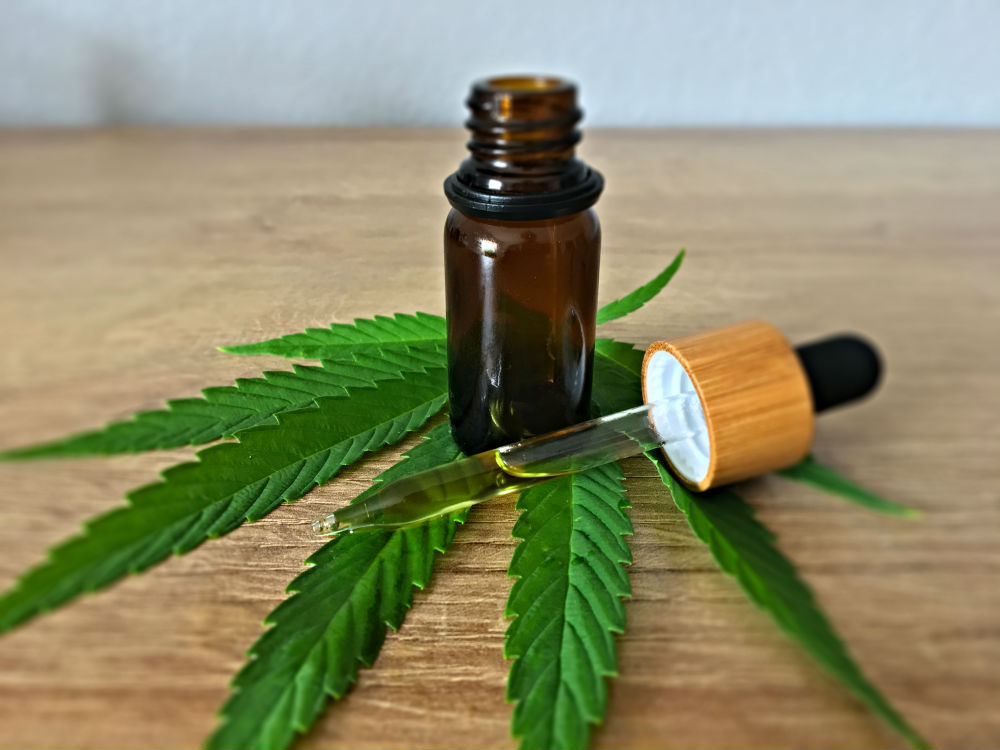Cannabidiol (CBD) products have become part of the fabric in America’s health and wellness market, which is remarkable considering the CBD industry was non-existent just a few years ago. Now, hemp-based CBD capsules, vape juices, oils, concentrates and more are being used by millions from the East Coast to the West Coast and everywhere in between.
Several new CBD brands have become household names, and now even established companies are looking to get in on the act, with infused creams and beverages. According to polling, most Americans have heard of CBD, and an increasing number of people are now taking products for themselves.

These are all positive signs for the expansion of the CBD market into the 2020s, with predictions that the industry will be valued at more than $1 billion early into the next decade. In this post, we’ll assess just what’s made CBD so popular, and why the upward trend is likely to continue.
Research, research and more research
More than half of CBD users are self-medicating with products, but legally, companies must market products as food supplements without making explicit health claims. The Food and Drug Administration (FDA) has not approved regular CBD products as medicines, nor does it regulate them. Just the one CBD drug, Epidiolex, has been approved for medicinal use so far, as a treatment for epilepsy.
However, research over recent decades suggests that CBD has impressive and novel therapeutic value, for a broad range of physical and psychological conditions. Studies show the compound is an anti-inflammatory, has anti-anxiety effects and that it could even help with psychosis. Frustratingly, most of this science has been conducted on a limited scale, such as in small human trials or on animals. These studies have been valuable, as we’re getting an idea of what CBD could be used for and how it works in the body, but the findings aren’t clinically significant.
But with CBD now so widely used, an increase in research is inevitable. Helpfully, with tens of millions already exposed to CBD, scientists can already collect data of usage tends, and highlight which areas should be prioritized for research. This should help to streamline scientific progress, and ensure that major discoveries about CBD come thick and fast as we move into the 2020s.
Cannabis, hemp and CBD is viewed more favourably than ever
The cannabis plant certainly divides opinion, but public perceptions are shifting in a favourable direction. Since the first medical marijuana legislation was introduced in California in the 1990s, cannabis has had a foot in the door of mainstream society. Favourable media stories, and especially those concerning non-psychoactive CBD, have helped to wedge that door open.
Sure, psychoactive cannabis has undeniable health risks, and particularly with THC contents getting higher than ever, but the demonization that came from the War on Drugs is passing, and now two-thirds of Americans support full legalization. This doesn’t directly relate to CBD, but it indicates that people won’t be put off from products that come from the plant.
Indeed, as CBD doesn’t have any intoxicating properties, it allows curious users to sample products without experiencing any side effects. Nor does CBD usage come with stigma, since products are becoming ubiquitous within society. In many ways, it’s a perfect storm for CBD.
Market growth will bring innovation
The hemp plant is potentially a therapeutic treasure trove that medical researchers and manufacturers have barely started to loot. So far, attention has been reserved primarily for CBD, the main non-intoxicating cannabinoid in hemp. But there are more than 100 cannabinoids in total, along with numerous terpenes and flavonoids that occur naturally within the plant. It’s only a matter of time before some of these compounds are subjected to increased focus.
In fact, it’s arguably already happening. Some CBD companies are already making products centered around cannabigerol (CBG), a non-psychoactive cannabinoid with several prospective benefits. CBG is an anti-inflammatory, reduces pain and has anti-nausea effects. Other cannabinoids to watch out for include cannabidivarin (CBDV), cannabinol (CBN) and cannabichromene (CBC).
Technological progress has already improved the quality of CBD products. Previously, manufacturers had to take hemp extracts using solvents, which led to product impurities. Nowadays, leading brands use supercritical CO2 extraction, a high-tech approach that makes it possible to extract specific compounds from the hemp, while leaving heavy metals and toxins behind. CO2 extraction is notably used for CBD-isolate products, which provide a pure CBD experience with no THC whatsoever. These products guarantee a clean drug test.

